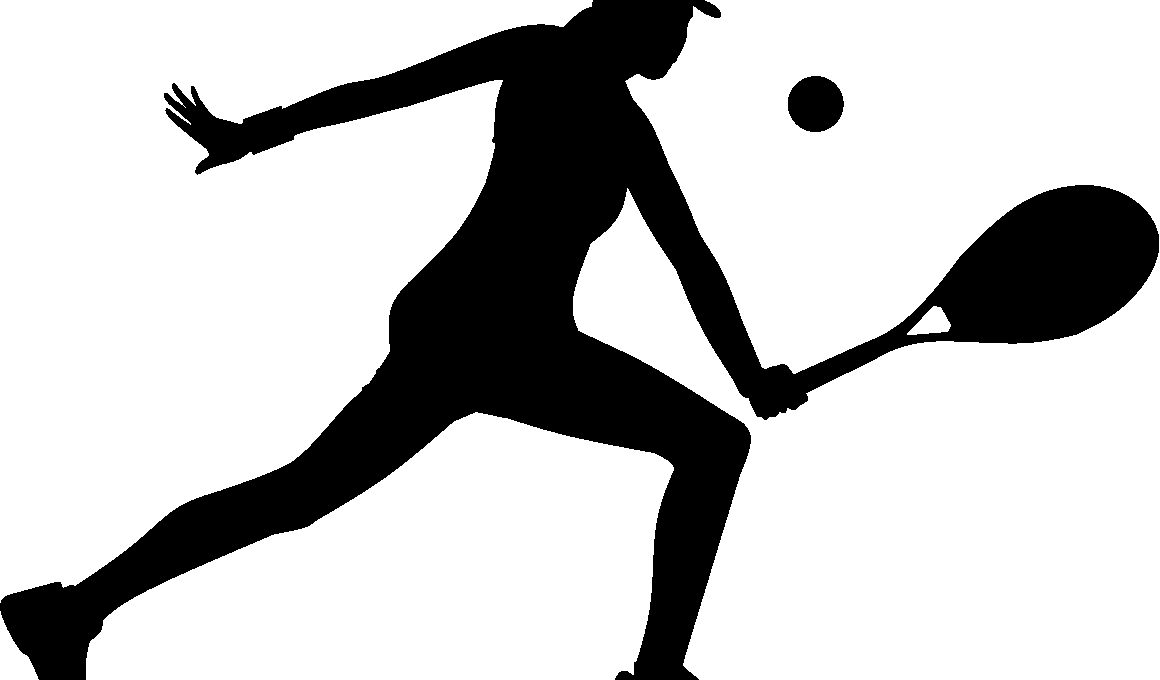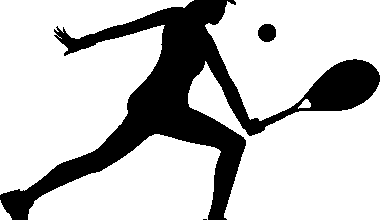Mind-Body Connection: Balance and Focus in Tennis
In the realm of tennis, the synergy between the mind and body plays a crucial role in achieving optimal performance. Athletes must develop a keen ability to balance physical strength with mental focus. This balance is vital as it allows players to react swiftly and effectively during matches. Engaging in exercises that promote coordination enhances overall game performance. For example, incorporating drills focused on footwork can significantly contribute to a player’s agility. A strong mind-body connection can also reduce injuries by creating a better understanding of body mechanics. Practicing mindfulness techniques can help athletes maintain focus while playing, allowing them to remain present during crucial points. Players should aim to achieve a holistic approach to training by integrating flexibility, strength, and endurance exercises into their routines. The relationship between mental clarity and physical capability cannot be underestimated in tennis. Regular practice of both mental and physical exercises contributes to improved overall balance, which can be a game-changer in high-pressure situations. Ultimately, players who master this connection are likely to see significant improvements in their match outcomes and personal satisfaction.
Importance of Balance and Coordination
Achieving peak performance in tennis hinges on the development of balance and coordination. These two elements are fundamental in executing strokes effectively and ensuring that players can maintain their footing. Proper balance allows athletes to position themselves correctly, while coordination ensures that movements are precise and efficient. Both skills contribute significantly to a player’s ability to respond to rapid changes during gameplay. For sports such as tennis, players often find themselves in unpredictable situations requiring swift lateral movements. Strengthening core muscles is vital, as a strong core enhances stability and balance during play. Many training exercises, including single-leg stands and lateral lunges, can improve balance significantly. Additionally, coordination can be honed through repetitive drills focused on hand-eye coordination, such as practicing various ball drills with a partner. These exercises not only increase muscle memory but also sharpen reaction times. Incorporating these training practices into daily routines is essential for aspiring tennis players. A combination of physical practice and mental visualization can foster a competitive edge in players who wish to excel. As balance and coordination improve, overall confidence during matches will also rise, creating a positive feedback loop.
Furthermore, the psychological aspects of tennis cannot be neglected; they are deeply intertwined with physical skills. Visualization techniques can significantly enhance a player’s ability to execute strokes with greater precision. By mentally rehearsing movements, players can improve their muscle memory and reaction times. Mindfulness meditation can also help athletes focus their thoughts and maintain calmness under pressure. When facing a crucial point, staying centered and composed allows players to think clearly and make better decisions. A well-rounded approach combining mental training and physical practice leads to balanced and coordinated play. Players should integrate specific drills into their practice sessions focused explicitly on improving both mental and physical aspects. Examples include shadow swings, which reinforce the correct technique without the distraction of the ball. This allows players to concentrate solely on their form and body positioning. Combining this with a strong cardio and strength training regimen will yield the best results. Ultimately, a strong mental framework will support physical execution on the court. The more integrated these elements become, the more competitive the player will be during matches, especially in crucial situations where decision-making is imperative.
Training Tips for Balance and Coordination
To enhance balance and coordination, athletes can adopt several effective training methods. Engaging in regular core stability exercises is one of the most beneficial approaches. Exercises like planks and balance board activities specifically target abdominal muscles while improving overall stability. Strengthening these core muscles enables players to maintain equilibrium during the dynamic movements required in tennis. In addition to core exercises, dynamic stretches can greatly improve flexibility and coordination. Incorporating drills that mimic game-like scenarios allows players to practice while challenging their balance. For instance, drills that involve catching or hitting a ball while performing footwork exercises can build necessary skills. It’s also worthwhile to incorporate agility ladders into training routines to enhance foot speed and coordination. Practicing different footwork patterns can refine movement and decision-making skills on the court. Moreover, plyometric exercises help improve explosive power, which translates well into tennis performance. Lastly, integrating yoga can provide significant advantages for balance and mental focus. This multifaceted approach to training will ultimately lead to a more balanced and coordinated athlete, prepared to face any challenge on the court.
As athletes further develop their skills, they can explore more advanced balance and coordination techniques. One such method is the use of resistance bands; these versatile tools can improve strength while enhancing coordination. Performing exercises with bands incorporates controlled movements that challenge stability and reinforce proper form. Moreover, practicing on uneven surfaces, such as balance discs, can significantly boost proprioception, a critical component for athletes. Improved proprioception enhances a player’s ability to sense their body’s position and movement, facilitating quicker reactions during gameplay. Engaging in partner drills can also reinforce coordination, allowing players to adapt to another’s movements effectively. For instance, practicing volleys with a partner who varies their pace can sharpen reflexes and enhance decision-making ability. Additionally, experimenting with different racket types or weights during practice sessions can challenge a player’s balance and adaptability. As coordination improves, players will likely notice enhanced fluidity in their strokes and movements on the court. Integrating these techniques will provide a comprehensive training experience, ensuring all aspects of balance and coordination are addressed. The outcome will be athletes better equipped for competitive situations.
Mental Focus and Consistency
Lastly, mental focus is one of the key elements that reinforce balance and coordination in tennis. Maintaining concentration during matches can be a challenge; however, athletes can use specific strategies to enhance their focus. Visualization, as mentioned earlier, plays a crucial role in establishing a clear mental picture of desired outcomes. Moreover, developing a consistent pre-match routine can help players achieve mental clarity. This routine might include deep breathing exercises to reduce tension or positive affirmations to increase confidence. Having a routine prepares the mind and body to perform at their best. Additionally, mindfulness practices can be invaluable in learning how to let go of distractions and remain present during competition. Engaging in short mental exercises that focus on breathing can help players reset during intense moments, fostering resilience. Players must acknowledge the importance of mental breaks during practice; this allows athletes to recharge and maintain focus throughout training sessions. The integration of mental strategies with physical training helps build a holistic approach to tennis fitness. Consequently, athletes will likely see improvements in performance and confidence on the court.
In conclusion, the ultimate goal of tennis fitness is to create a seamless connection between mind and body that enhances performance. Developing balance and coordination is essential, as these skills underpin all other tennis abilities. Players are encouraged to embrace both physical and mental training methods to achieve this synergy. Regular core workouts, mindfulness practices, and specialized drills will contribute to a comprehensive skill set. Engaging in practices such as yoga and visualization complements physical routines by fostering greater awareness and focus. Athletes should prioritize consistency in their training regimen to see significant improvements over time. The pathway to mastering balance and coordination demands dedication and commitment. Moreover, embracing the challenges that come with enhancing these skills can build mental resilience, critical for navigating competitive scenarios. Ultimately, the true essence of tennis lies in the beautiful interplay between mind and body. By enhancing these connections, players can find joy and success on the court. Over time, players equipped with balance and coordination will not only excel but also inspire others in the sport. Hence, the journey towards improved tennis fitness is both rewarding and fulfilling.





